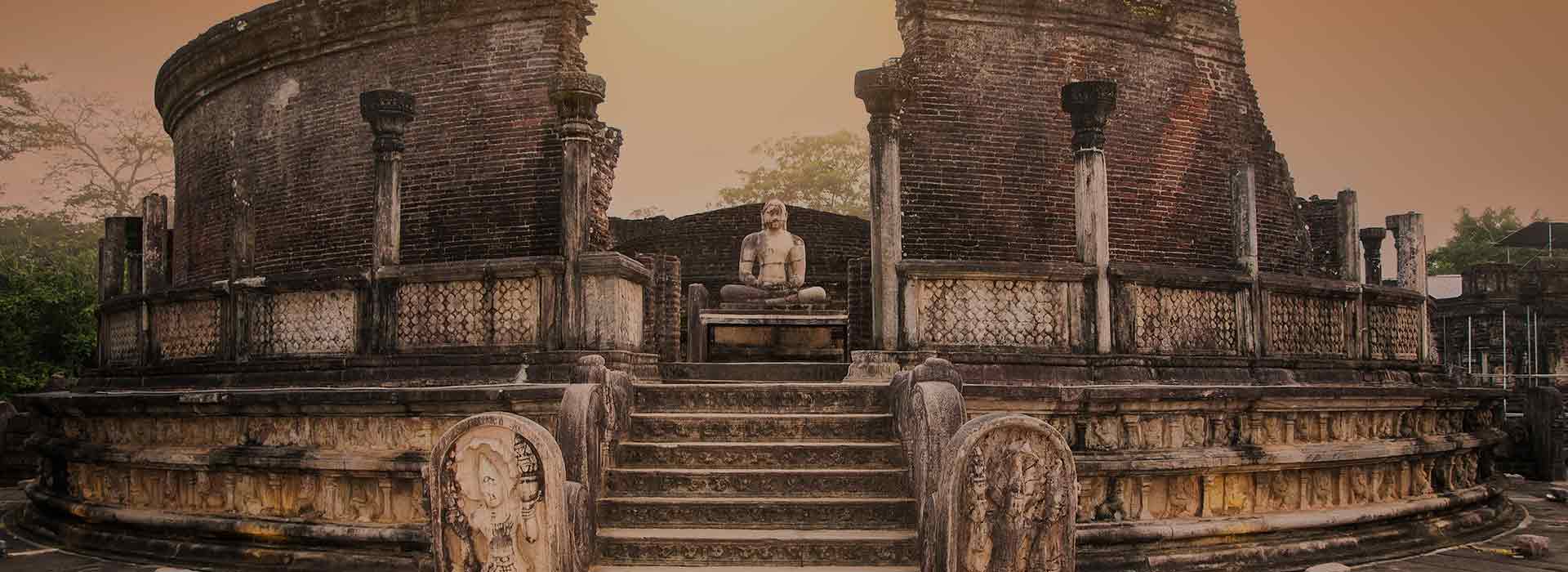Visiting Sri Lanka’s Famous Architectural Marvels
Architecture is an artform that flows and changes with time, and has shown us more about the past than we could possibly imagine. On a tour of the ruins left behind by the ancient civilisations that once flourished in this country, you’ll see everything from towering superstructures to grand mansions, cave temples and hilltop kovils. If you’re a fan of architecture, then Sri Lanka has plenty in store for you.
1. Galle Fort
The Galle Fort was constructed by the Portuguese in 1588 at the seafront, and has seen multiple occupants come and go since then. In the 17th century, the Dutch took over and extensively fortified the structure. In 1796, the Fort changed hands once again as the British made it their southern headquarters. Each era saw the Galle Fort undergo various modifications, making it an extremely unique architectural marvel; western influences from three different cultures meshed together with Asian touches. Today, the 130-acre Fort is a key tourist attraction, with dozens of retailers having set up shop within its heavily fortified walls.
2. Jetavanaramaya, Anuradhapura
The Jetavanaramaya is an ancient reliquary monument of Sri Lanka’s Buddhist world. It was built by King Mahasena of Anuradhapura in 273-301 AD, and at 122m tall, it is the third tallest building in the ancient world. Today, it is one of the largest brick buildings ever built.
The stupa reflects ancient influences from the Meditterranean, East Asian, and Indian regions. The structure, like others of its design, had a lime plaster coating. It is believed that the coatings included a variety of ingredients, including seashells, eggwhite and termite saliva.
3. Polonnaruwa Vatadage
First constructed by King Parākramabāhu I around 1164-1196 AD, the Polonnaruwa Vatadage is a 12-building precinct, centered in the Hall of the Sacred Tooth Relic (Dalada Maluwa). Though the Sacred Tooth Relic now resides in the Sri Dalada Maligawa, it’s clear that this grand hall was meant to house the ancient relic. The embellishments that adorn the walls of the structures were added by King Nissankamalla in 1198-1206 AD.
The primary terrace leads to a structure 18m wide, with carved lotuses and lions exuding both beauty and ferocity as you enter. At the secondary terrace, the Cobra King (nagaraja) stands sentinel, his hood displaying seven cobra heads. The granite footsteps (moonstones) take you to the central dagoba where a statue of Lord Buddha sits.
4. Samadhi Buddha statue
Though not exactly architecture, the construction of the Samadhi Buddha statue in Rambodagalla is a feat of massive proportions. It’s the largest rock-carved Buddha statue in Sri Lanka, and stands at 67.5 ft in height. Monaragala Temple in Kurunegala district. The statue, located in Monaragala Temple, Kurunegala, was first commissioned in 2001 after the Taliban destroyed the Bahamian Buddha statues in Afghanistan. Ven. Amaramoli Thero, with the tragedy in mind, pushed for this statue to be built on the temple premises, and construction finally began in 2003, taking 13 years to complete.
